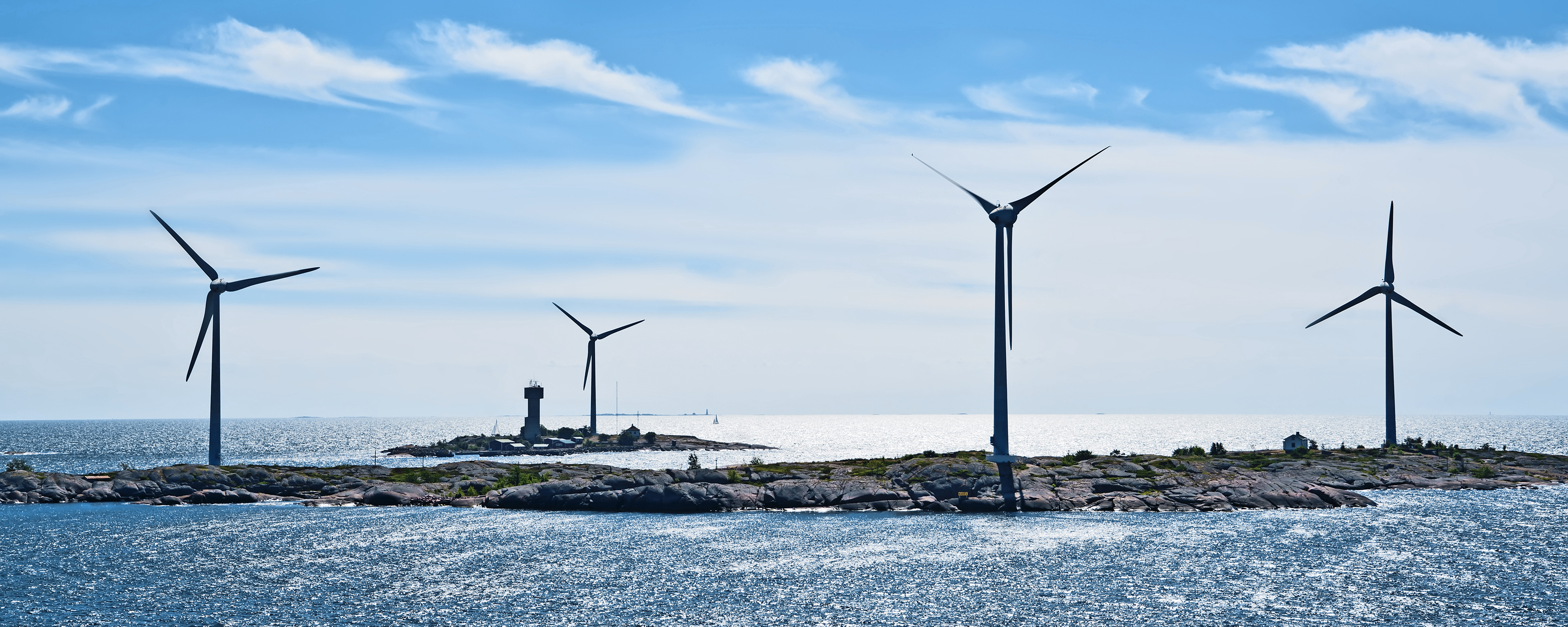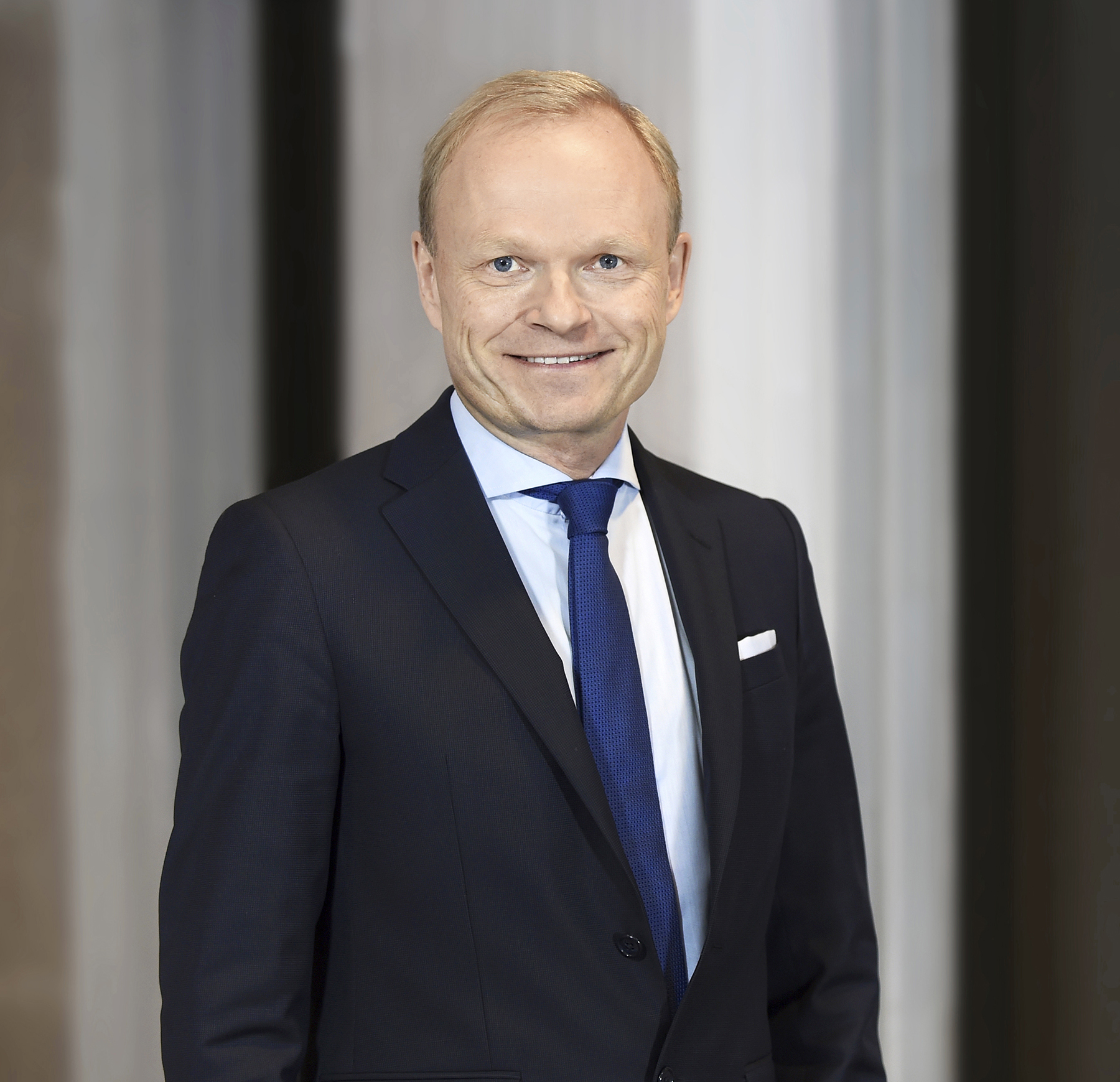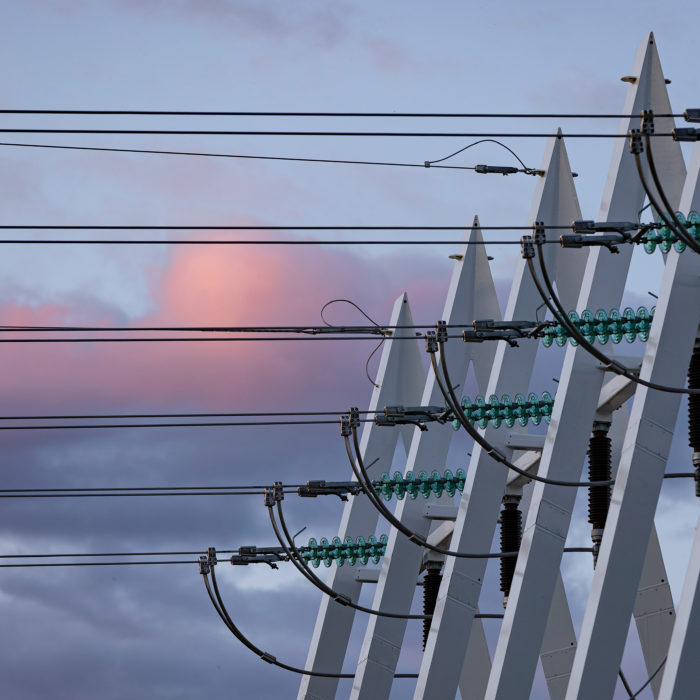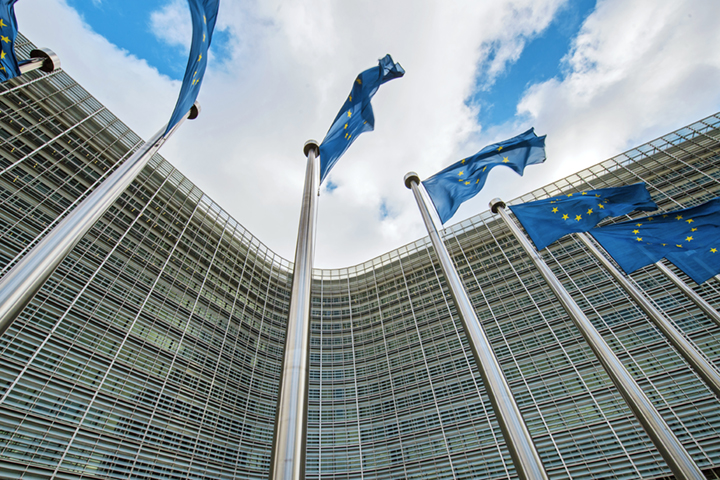
Executive Vice President Kari Kuusela explains that Fingrid is making preparations for three important transmission connections that will help ensure a controlled and safe transition to a clean electricity system. Strategically speaking, Kuusela says that the most important of these is the third 400 kilovolt alternating current connection between Finland and Sweden. Scheduled for completion in 2025 at the latest, the connection will cost approximately 200 million euros.
Another aim is to get this third alternating current connection on the EU’s list of key energy infrastructure projects during this year. Kuusela is optimistic about the chances of success.
“This is also a major project at the European level and we believe that it will make it onto the EU’s list of key projects and we can confirm the project schedule,” he explains. The new connection will add 800 megawatts in transmission capacity between the countries.
Eliminating a bottleneck
The transmission connection to Sweden will also require reinforcement of connections inside Finland. This need will be met by the Forest Line running from Oulu to Petäjävesi, which increases transmission capacity between northern and southern Finland by 700 megawatts.
“These two connections will give us a more reliable foundation for our operations,” states Kuusela, adding that the goal is naturally to transmit electricity without bottlenecks.
The Finnish and Swedish transmission system operators have also started planning a new direct current connection in the Kvarken area. The new 800 megawatt connection is scheduled for implementation at by the end of the 2020s.
“The Kvarken connection will replace the Fenno-Skan 1 direct current connection, which is coming to the end of its service life. The starting point for the new connection on the Finnish side will be farther north, in the Vaasa region,” says Kuusela.
Rautarouva is still going strong
Other changes are also being made along with the key projects. For example, the Rautarouva line, which dates back to the 1920s and is “the mother of the Finnish main grid”, has undergone a facelift that will be completed soon.
“The Hikiä–Orimattila transmission connection is the last section and it will be completed soon,” confirms Kuusela.
The main grid is being renewed in places like Oulujoki and northern Karelia at this time. There are also plans for the Helsinki segment, but this project will take place later.
“The 400 kilovolt connection planned for Helsinki will be built at the end of the 2020s.
New connections may also be added in the fells of Lapland. According to Kuusela, the increase in wind power may make it necessary to consider extending the 400 kilovolt grid farther north.
“Lapland has favourable wind conditions and production costs have dropped so much that wind power can be profitable even without government support. If we need more capacity for north-south connections, doubling the Lake Line that runs through eastern Finland could be an option,” explains Kuusela.
Carefully planned transmissions
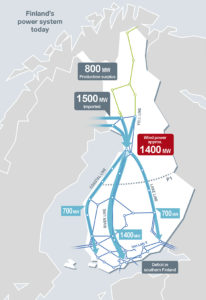
Kuusela says that timing is everything when making investments – Fingrid wants to carefully select when it updates the grid and avoid over-investing.
“Our effective competitive bidding model ensures that we get quality grid parts at a reasonable price,” says Kuusela. He also points out that the company’s investments in upcoming years will be about 100 million euros, which is equivalent to annual depreciations. This keeps the grid functional and ensures that investments don’t create pressure to raise tariffs.
“Furthermore, we don’t want to just replace old grid connections with the same technology – we want to build a grid for the future. As a result, the grid solution often changes in one way or another.”
One important element in the future will be an increasing level of digitalisation. Fingrid is now commissioning its first digital substations, which rely on the Internet of Things (IoT).
” The IoT will also be coming to old substations,” promises Kuusela. •

